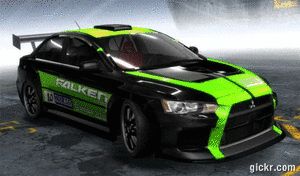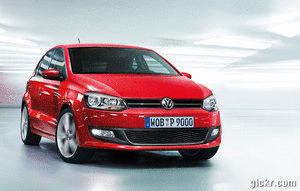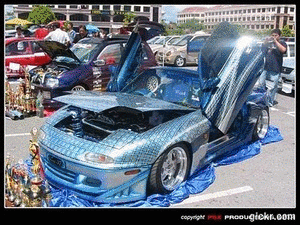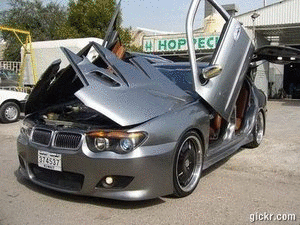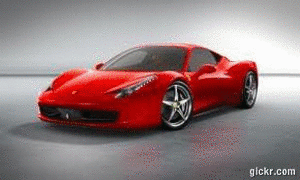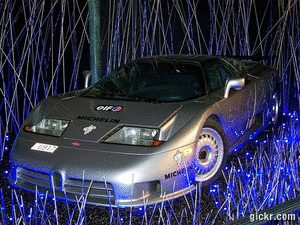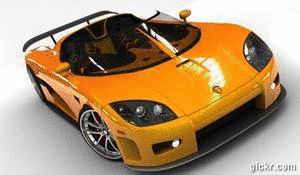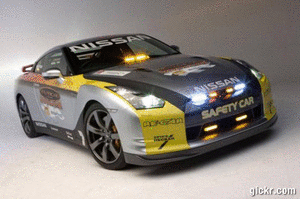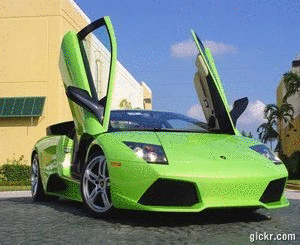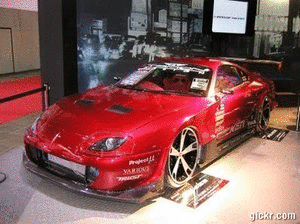Toyota Land Cruiser is a vehicle with series of four-wheel drive produced by Japanese auto manufacturer Toyota Motor Corporation. The development of the first generation of Toyota Land Cruiser began in 1951 when the Toyota version of the Jeep-like vehicle and production began in 1954. Toyota Land Cruiser has been produced cabriolet, coupe, wagon and utility truck versions. Toyota Land Cruiser reliability and longevity has led to great popularity, especially in Australia, where is the best-selling full-size, body-on-frame four-wheel drive car. Toyota also has a number of tests for the Toyota Land Cruiser the Australian Outback - is considered one of the toughest operating environments as well as temperature and terrain.
In 1941 the Japanese Imperial Army occupied the Philippines, where they found an old Bantam Mk II, and immediately introduced into Japan. Japanese military authorities ordered Toyota to make a similar vehicle, but not to model the appearance of the American Jeep. The prototype was called the AK model and was officially adopted by the Japanese Imperial Army as Yon-Shiki Kogata Kamotsu-Sha (type 4 compact cargo truck).
Later, in 1941, the Japanese government asked Toyota to produce a truck for Japan military campaign. Toyota has developed a prototype called the AK10 2.1 tons in 1942. The AK10 has been developed using reverse engineering the Bantam GP. There are no known surviving photographs of the AK10. The only known pictorial representations of some sketches. The truck also a vertical grille, flat front wheel arches that angled down and back, like the FJ40, headlights mounted above the wheel arches on either side of the radiator and a folding windshield.
AK10 used 2259 cc, 4 cylinder Toyota Motor Type C AE model sedan, three-speed manual transmission and transfer two-speed gearbox connected to it. There is no mechanical relationship between the AK10 and the postwar Toyota Jeep BJ. Most of the AK10 is not actively used, unlike the Jeep) and there are almost no images of the battlefield.
- 1950 - Korean War created a demand for a military light utility vehicle. The war in Japan at the door of the Jeep. The U.S. government has ordered 100 vehicles in the new specifications Willys and asked Toyota to build them.
- 1951 - Toyota Jeep BJ prototype was developed in January 1951. This entry in the demand for military-type vehicles such as the British Land Rover Series 1 that appeared in 1948. The Jeep BJ was larger than the original U.S. Jeep and more powerful engine with type B OHV gasoline 3.4-liter six-cylinder engine that generates 85 hp (63 kW) at 3600 rpm and 215 Nm (159 lb.-ft.) of torque at 1600 rpm. There was a drive system unit part-time four-wheel as the Jeep. Unlike the Jeep, however, the Jeep BJ had no cases of transmission of low end.
- 1951 - In July 1951 led Toyota test driver Ichiro Taira next generation of the Jeep BJ prototype up to the sixth stage of Mount Fuji, the first vehicle to climb that high. The trial was overseen by the National Police Agency (NPA). Impressed by this feat, the NPA promptly placed an order for 289 of these all-terrain vehicles, making the Jeep BJ their official patrol car.
- 1953 - Regular production of the "Toyota Jeep BJ" began Honsya Toyota plant (chassis mounting material), and body assembly and painting was done at Arakawa Bankin Kogyo KK, later known under the name Aracil (now a subsidiary of Toyota Auto Body Co.). The "Toyota Jeep BJ" series was introduced with the following:
- BJ-T (Touring)
- BJ-R (Radio)
- BJ-J (Cowl-chassis for a fire truck).
- 1954 - The name "Land Cruiser" was created by the technical director Hanji Umehara. "In England we had another competitor -.. Land Rover, I had to make a name for our car which is not less worthy of its competitors that is why I decided to call it "Land Cruiser" he recalls.
- 1954 - The F 125 hp 3.9-liter gasoline engine added to the chassis of the fire. The models were replaced by the following:
- BJ-T (Touring)
- BJ-R (Radio)
- No BJ-J (Cowl chassis fire-engine);
- No FJ-J (Cowl chassis fire-engine).

